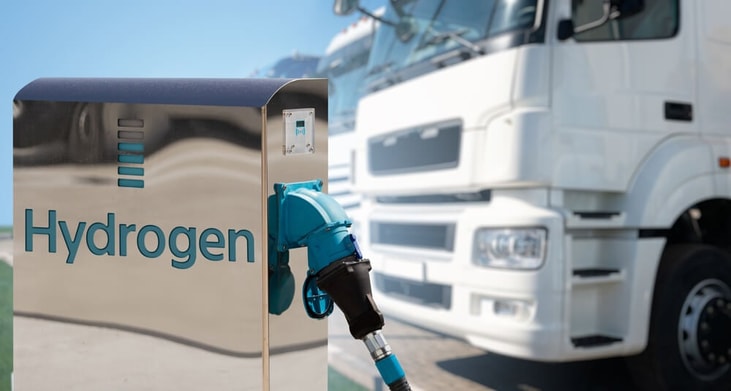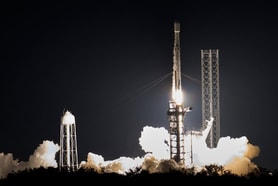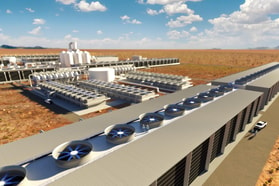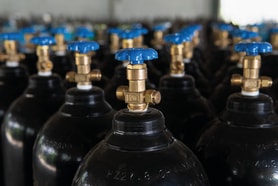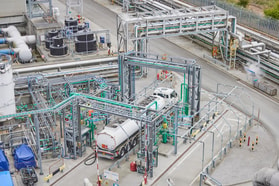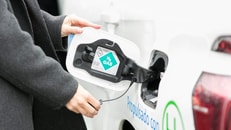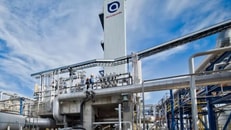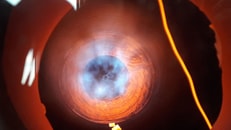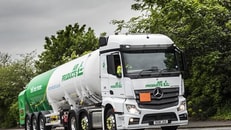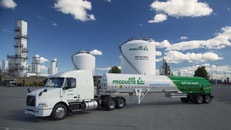MIT team aims to transform long-haul trucking with hydrogen tech
A team of researchers from the Massachusetts Institute of Technology (MIT) is developing a new ‘disruptive’ technology that could not only improve the transport and storage of hydrogen but may help to decarbonise the fossil-fuel intensive long-haul trucking sector.
The technology works to improve the efficiency of liquid organic hydrogen carriers (LOHCs) – chemical compounds used in the field of energy storage and transportation.
Typically consisting of hydrogen-rich organic molecules that can absorb and release hydrogen gas reversibly, LOHCs have the ability to store and transport molecular hydrogen.
... to continue reading you must be subscribed

